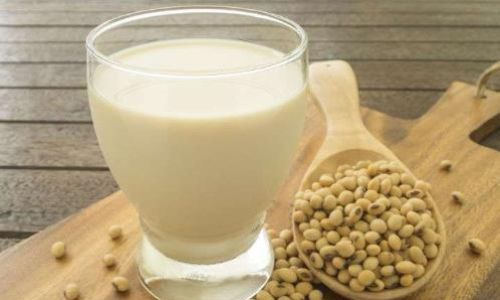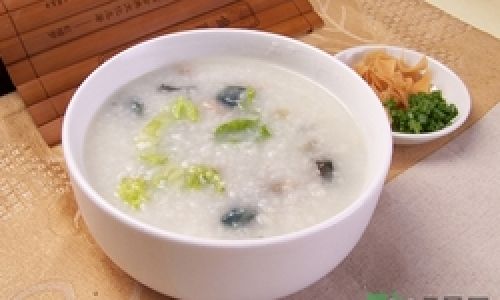Introduction
The journey of introducing solid foods to a baby is a milestone filled with excitement and questions. Among the many “first foods” parents consider, lean meat porridge often sparks curiosity due to its nutritional density and role in supporting growth. This article explores the optimal age for introducing lean meat porridge to infants, its health benefits, preparation methods, and essential safety guidelines to ensure a smooth transition to this protein-rich meal.
When Can Babies Start Eating Lean Meat Porridge?
The American Academy of Pediatrics (AAP) recommends introducing solid foods around six months of age, when infants typically show signs of readiness such as sitting upright with support, maintaining head stability, and displaying interest in food. However, lean meat porridge is not among the first foods recommended. Initially, single-ingredient purees like rice cereal, mashed bananas, or sweet potatoes are preferred to monitor for allergic reactions or digestive issues.
Most pediatricians advise introducing lean meats, including pork, beef, chicken, or turkey, between 7–8 months of age. By this stage, babies often develop the oral motor skills needed to handle slightly textured foods. Lean meat porridge, blended to a smooth consistency, serves as an excellent bridge between simple purees and more complex meals. It is crucial to avoid seasonings, salt, or spices during the first year, as infants’ kidneys are not yet equipped to process excess sodium.
Nutritional Benefits of Lean Meat for Infants
Lean meat is a powerhouse of essential nutrients critical for a baby’s rapid growth and development:
- Iron: Around six months, infants exhaust their iron stores inherited from birth, making iron-rich foods vital to prevent anemia. Lean meats, particularly red meat, are rich in heme iron, which is more bioavailable than plant-based non-heme iron.
- Zinc: This mineral supports immune function, wound healing, and cell division. A deficiency can impair growth and cognitive development.
- Protein: Essential for building muscles, enzymes, and hormones, protein aids in tissue repair and overall physical development.
- Vitamin B12: Crucial for nerve function and red blood cell formation, B12 is predominantly found in animal products.
- Omega-3 Fatty Acids: Some lean meats, like grass-fed beef, contain omega-3s, which support brain and eye development.
Incorporating lean meat porridge into a baby’s diet ensures they receive these nutrients in a highly digestible form, complementing breast milk or formula.

Preparing Lean Meat Porridge Safely
Safety is paramount when preparing homemade baby food. Follow these steps to minimize risks:
- Meat Selection: Opt for organic, lean cuts to reduce exposure to hormones and antibiotics. Chicken breast, turkey, or lean beef are ideal choices.
- Cooking Method: Boil, steam, or slow-cook the meat until tender. Avoid frying or adding oils, as infants under 12 months require minimal fat intake.
- Blending: Once cooked, blend the meat with a small amount of cooking liquid (water or low-sodium broth) to achieve a smooth consistency. For older babies (8–10 months), slightly thicker textures can be introduced.
- Grain Combination: Mix the meat puree with iron-fortified infant cereal or cooked grains like quinoa or millet to enhance nutrient absorption and texture.
- Storage: Freeze portions in ice cube trays for up to three months. Thaw only what is needed to prevent waste.
Signs of Readiness for Solid Foods
Before introducing lean meat porridge, ensure your baby meets these developmental milestones:

- Sitting Upright: Ability to sit with minimal support, reducing choking risks.
- Loss of Tongue-Thrust Reflex: The automatic pushing-out reflex diminishes around 4–6 months, allowing swallowing of solids.
- Interest in Food: Reaching for spoons or watching others eat indicates curiosity.
- Head Control: Able to move the head forward and backward to indicate fullness or dislike.
Allergy Considerations and Precautions
Meat allergies are rare but possible. Introduce lean meat porridge in the morning to monitor for adverse reactions during the day. Symptoms of an allergy may include hives, vomiting, diarrhea, or difficulty breathing. If any occur, discontinue the food and consult a pediatrician immediately.
To minimize risks:

- Wait 3–5 days before introducing new foods.
- Avoid processed meats like sausages or deli slices, which contain additives.
- Ensure meat is fully cooked to eliminate bacteria like salmonella.
Texture Progression and Meal Variety
As your baby grows, adjust the porridge’s texture to encourage chewing development:
- 6–8 Months: Smooth, runny puree.
- 8–10 Months: Thicker consistency with soft lumps.
- 10–12 Months: Finely minced or shredded meat mixed with soft grains.
Combine lean meat porridge with vegetables like carrots, spinach, or butternut squash to introduce diverse flavors. For example, a chicken-sweet potato porridge offers a balance of protein, vitamins, and fiber.

Common Concerns Addressed
- Choking Hazards: Always supervise meals and avoid large chunks. Use a baby-led weaning approach cautiously, ensuring meats are cut into tiny, soft pieces.
- Digestive Upset: Start with small portions (1–2 teaspoons) and gradually increase. Constipation can occur due to iron intake; offer prune juice or pureed pears if needed.
- Nutrient Balance: Pair meat porridge with vitamin C-rich foods (e.g., bell peppers, tomatoes) to enhance iron absorption.
Cultural Practices and Expert Opinions
In some cultures, meat is introduced earlier, such as in parts of Asia where rice porridge with minced meat is a traditional weaning food. However, global guidelines emphasize caution until the digestive system matures. The World Health Organization (WHO) supports exclusive breastfeeding for six months, followed by complementary feeding with nutrient-dense foods like meats.

Conclusion
Introducing lean meat porridge to infants at the appropriate age—typically between 7–8 months—offers substantial nutritional benefits while supporting growth milestones. By prioritizing safety, texture adaptation, and allergy awareness, parents can confidently incorporate this protein-rich meal into their baby’s diet. Always consult a pediatrician for personalized advice, and remember that every child’s timeline is unique. With patience and preparation, lean meat porridge can become a cherished part of your baby’s culinary journey.





0 comments